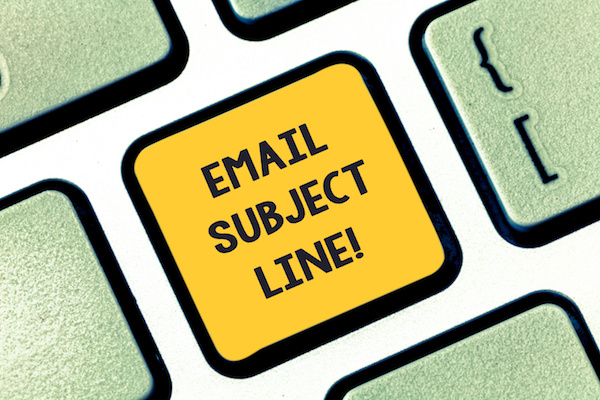
While landing pages are excellent tools to drive website traffic and sales any time of the year, they’re particularly effective over the holidays. Since the season of gift-giving offers shoppers a bombardment of offers, it can be challenging to get noticed among the plethora of stores targeting the same audiences. Continue reading to learn more about how creating a landing page could help your business this season.
What is a landing page?
The best landing pages are a single-page concentrating on converting customers for a specific offer. They’re used to generate leads, collect email addresses, gather market research, or capture direct sales of goods and services. Part of the reason they’re so effective is that they work to eliminate barriers where customers become distracted and forget to take action—navigation issues, visual clutter, and slow checkout processes.
How is a landing page different from a product page?
A product page is a broader catalog on your site. These pages are dynamic and can be sorted and filtered to narrow down a variety of options. Then, the customer can take action by adding them to a wishlist, their online shopping cart, sharing, or purchasing them.
What are the best practices for creating holiday landing pages that convert?
Since we specialize in professional content writing, we can offer you a few tricks of the trade that will give you the best chance of creating successful landing pages.
- Keep your landing pages simple: The best landing pages are the ones with no distractions. We recommend eliminating headers, footers, navigation menus, and share buttons so that visitors know exactly what to look at.
- Quick load times are important: No one wants to wait on your website to load and chances are that they won’t. Make sure that your landing page loads fast and that it works across all devices.
- Your call-to-action (CTA) should be compelling: If you don’t ask, customers won’t be inclined to act. CTAs need to be compelling so that the messaging is direct and appeals to buyers. Use generic language but create a sense of urgency.
- High-quality photos are a must: One or two images should do the trick in showcasing the purpose of your landing page. If it’s to sell a particular product, display photos from multiple angles and be sure to include the item in use.
- Use this as an opportunity for add-ons, upgrades, and cross-sells: The holiday season is all about helping shoppers find the gifts they’re looking for, so why not provide suggestions that increase your sales? Add-ons like gift wrapping and personalized messages are super popular!
- Make it festive: The best holiday landing pages should include messaging and graphics that match the rest of your website but with a twist. Be sure to keep the charm that your customers know and love about your business but also utilize holiday-themed photos and language where appropriate to get shoppers in the gift-giving spirit.
Are you ready to create the best landing pages for your holiday shoppers? Drop a comment below if you have any questions before getting started.
Alex Wilks has been working as a copywriter and digital marketing strategist since 2018, with added specialties in social media and email marketing. With a Bachelor’s Degree in Journalism and Communication, she is a natural content writer with the ability to connect well with her target audience.










